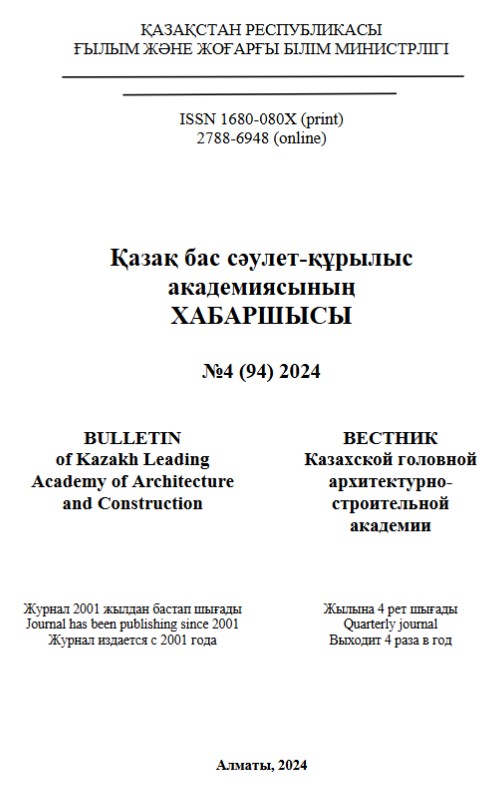Abstract
The article is based on the synthesis of domestic and foreign data, shows the main sources and ways of radon in buildings, formulated the basic principles of their anti-radon protection, classifies methods and means of protection, outlines recommendations for their practical implementation in the design and construction of buildings. Today in Kazakhstan there are several laws aimed at ensuring radiation safety of the population, at the request of which epidemiological services conduct constant monitoring of facilities under construction and existing ones. According to current standards, the concentration of radon in existing buildings should not exceed 200 Bq/m3, and during design – 100 Bq/m3. When solving problems of anti-radon protection of buildings, the sources of radon are objects from which radon directly enters the premises, regardless of the nature of its appearance in these objects. It is necessary to understand that measures for anti-radon protection of a building, carried out at the stages of its design and construction, are more effective and require lower costs than measures to reduce radon in an already constructed building. Currently, there are no standardized methods for calculating the necessary parameters and determining the optimal type of radon protection. The procedure for this selection is heuristic and in each case is based on an analysis and qualitative assessment of a number of circumstances.


